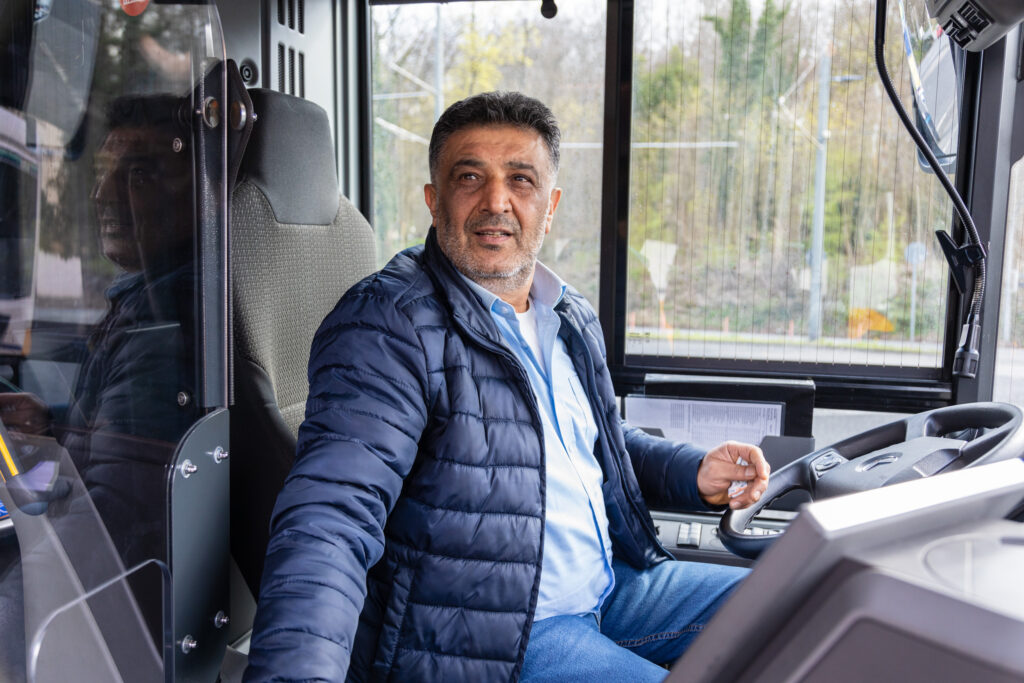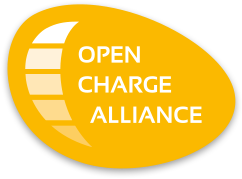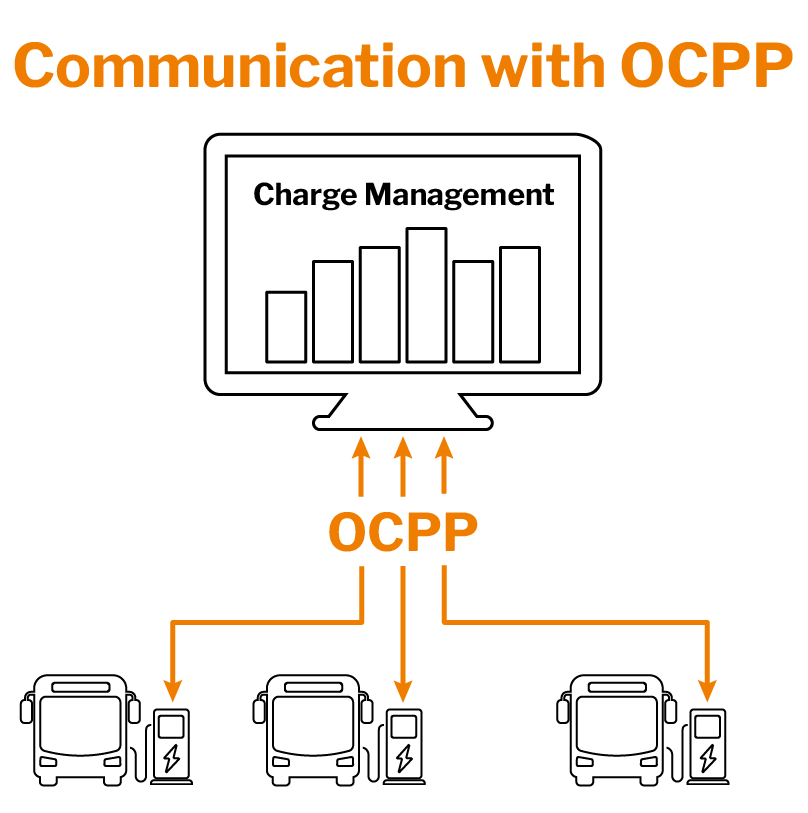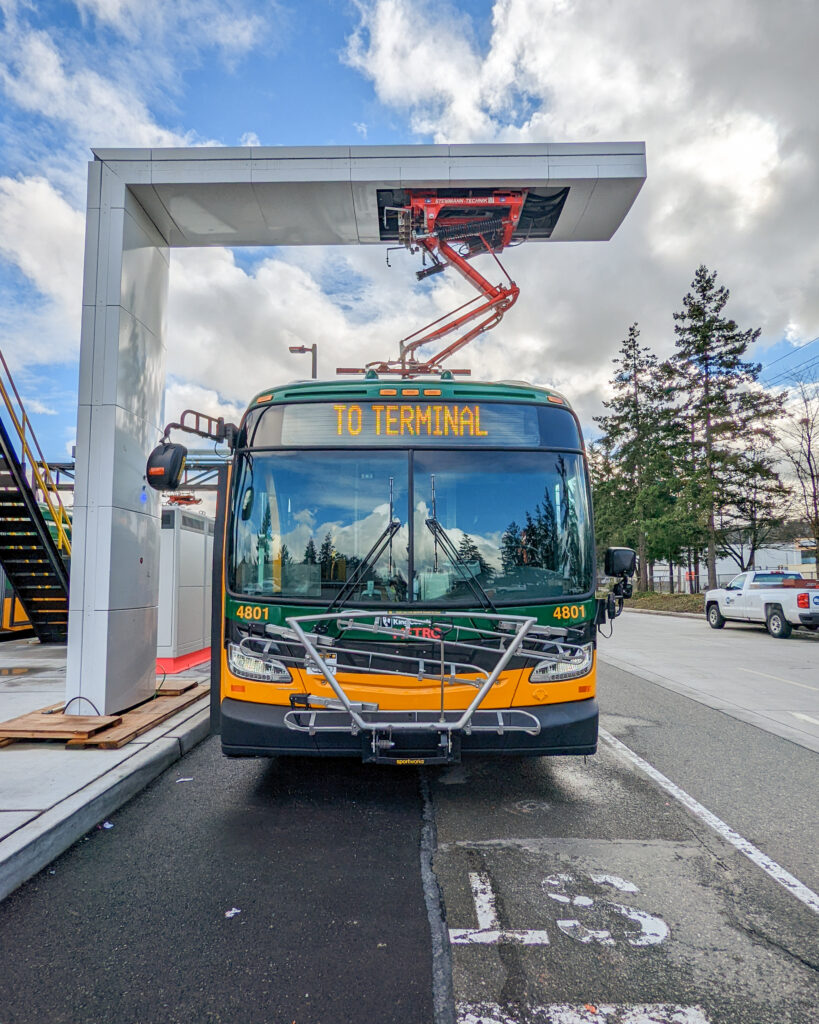CarMedialab delivers charge management for Keolis Netherlands
For the electrification of its bus fleet in Utrecht, Keolis Netherlands relies on CarMedialab’s intelligent charge management system MOBILEcharge. In a large-scale project, up to 267 charging points will be integrated into the system to ensure smooth and efficient operation of the electric Yutong buses.
A Phased Approach to Zero Emission
The first phase of the project commenced in November 2024, and plans are underway to introduce 86 new electric buses to supplement the seven currently in service. The primary objective is to meet the targets set in the new concession with the PTA by replacing the diesel fleet with electric buses in several reliable phases. This approach not only supports the national goal of reducing emissions but also addresses current challenges such as grid capacity constraints.
Seamless Integration
A key element of the charging infrastructure is the seamless integration of interfaces such as VDV 463 and VDV 261, which enable efficient control of the charging process. In addition, the INIT Group’s ITCS system is integrated into the overall project to ensure optimal networking between charge management and depot control.
Smart Partnership for Efficient E-Mobility

“With MOBILEcharge, we ensure that Keolis can operate its e-bus fleet in Utrecht efficiently and sustainably. Intelligent charge management is the key to economical and reliable e-mobility in public transport.”
Elvia Fortanelli, Project Manager at CarMedialab.
Thijs Struijlaart-Beusen, Transition Manager Zero Emissions of Keolis Netherlands, emphasizes:
“Our objective for this project is to have a reliable transition to zero emission within the goals of the PTA (provincie of Utrecht). The final phase is planned for 2028. With CML and INIT as our partners we will make sure our bus operators and regional control centre will have reliable and familiar systems for every charger and bus in the Netherlands.”
With this partnership, Utrecht will become another showcase for sustainable mobility in Europe – and CarMedialab and INIT with its innovative technologies will make a decisive contribution.
About CarMedialab
CarMedialab (CML) is part of the INIT Group, a global leader in telematics solutions for public transport. CML is a leading provider of charge management solutions for electric bus fleets. With years of experience and a strong focus on innovation, INIT and CML offer customized solutions for the challenges of modern mobility.
About Keolis Netherlands
Keolis Netherlands is a mobility provider dedicated to delivering reliable and sustainable public transport services. As part of the international Keolis Group, the company focuses on innovation, reliable passenger experience, and environmentally friendly mobility solutions to shape the future of public transportation in the Netherlands.























